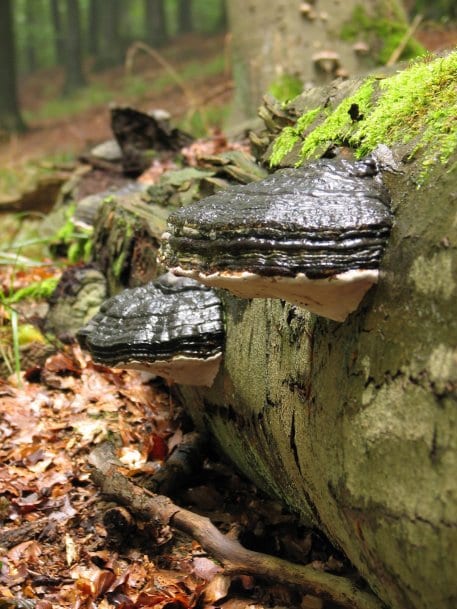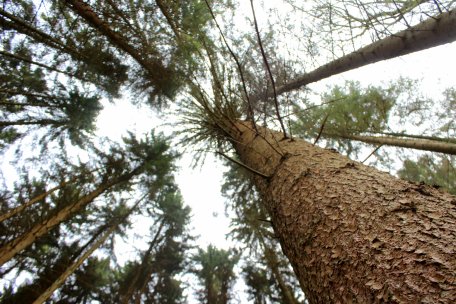We are laying the groundwork for the development of wilderness areas
It was back in May 2006, when the first “Eifel National Park: Forest in Development” expert conference took place. The conference resulted in concrete recommendations regarding the development of forests in the National Park. The associated report was intended to serve as a decision-making tool for the National Park Authority and the stakeholders involved, and to aid understanding of the concepts of forest development.
The report was published by the Research Institute for Ecosystem Analysis and Evaluation (gaiac), the Institute for Environmental Research (Biology V, RWTH Aachen) and the Eifel National Park Authority. The report is available for download. The maps are provided in a second document.
To mark the tenth anniversary of the large conservation area, the National Park Authority and the Friends of the Eifel National Park organised another expert conference eight years after the first. The public event “Forest in Development 2.0”, which took place in June 2014, saw the forest development to date in the National Park be discussed with experts and the general public. Prior to this, interested parties had the opportunity to state their opinion with regard future forest development measures using an online form.
Information regarding spruce removals from valleys in the southern part of the National Park
In September 2013, large areas of spruce were removed from the Wahlerscheid district of the National Park. The spruce is not a tree that is native to the Eifel and it is particularly dominant in the southern part of the National Park. According to the Eifel National Park’s protection and development concept, the aim of the spruce removal is to promote the development of deciduous forests comprising native deciduous trees.
The forest development measure at Wüstebach in the Wahlerscheid district of the National Park is being carried out in conjunction with the TERENO research project.


